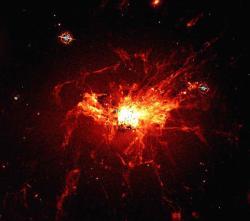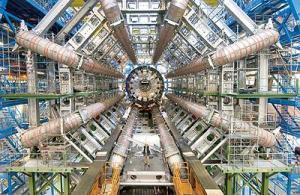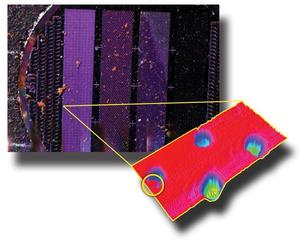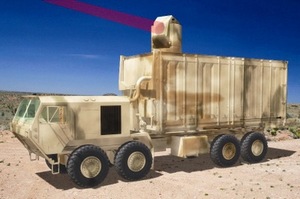Long-lived magnetic fields are sustaining a mammoth network of spaghetti-like gas filaments around a black hole, a new study suggests. Previously, it was not clear what prevented the delicate filaments from being destroyed by competing gravitational forces.

|
| ©Fabian et al./NASA
|
| Filaments of gas ejected from the centre of the galaxy NCG 1275 may not be able to form stars, perhaps explaining why massive galaxies don't get as big as they should
|
The black hole lies at the heart of a large galaxy known as NGC 1275, which itself lies near the centre of a cluster of galaxies called Perseus.
As the black hole sucks in gas from its surroundings, it
powers jets of matter that produce bubbles of energetic particles in the surrounding cluster gas. As these bubbles grow and rise, cooled gas from NGC 1275's core gets drawn into long tendrils in their wake, like the strings that trail behind balloons.
Until now, no one was sure quite how old these gas filaments were or how they avoided being torn apart by the galaxy cluster's immense gravitational forces. "Quite what the filaments are and how they are produced hasn't been known," says study author Andrew Fabian of Cambridge University in the UK.
But Hubble Space Telescope images used in the study, the most detailed yet taken of the galaxy, are changing that.



